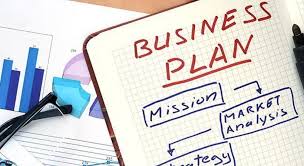The host usually specifies the desired clothing style for events in the evening. Mostly the slogan applies: the more formal the occasion, the more elegant the outfit.
White Tie
Probably the most formal dress code is the request for a white tie. Classic evening events and balls call for a black tailcoat with black trousers, a white vest and the eponymous white bow tie and fine patent leather shoes.
Black Tie
A little less conservative than an opera ball, but dinner is always formally contested. The basis for the matching dress code is a black tuxedo including double cuffs, cummerbund, pocket square and a black bow tie.
Informal
For less official evening events with colleagues or celebrations with the family, a man is already well armed with a dark suit and classic footwear. Take care! Informal does not mean your favorite pants or a half apron (ผ้ากันเปื้อน ครึ่งตัว which is the ter in Thai).
Smart Casual
The most common form of evening wear is probably smart casual. These events take place immediately after work, so there is usually no time to move. That is why Smart Casual also stands for the outfit that the man is wearing. The rule of thumb here is: Come as you are. So if you have to switch directly from the office to an announced event, you should include the late evening appointment when choosing your clothes in the morning
The Right Outfit For The Right Occasion
In the free time, the evening dress code is generally tied to less stringent requirements. Be it the convivial men’s evening in the local pub or a visit to the football stadium – for those occasions the choice of clothing usually ranges between casual and smart casual. For some leisure activities, however, a special dress code is mandatory, for example, a visit to the theater or casino. An overly casual look would be inappropriate here.




